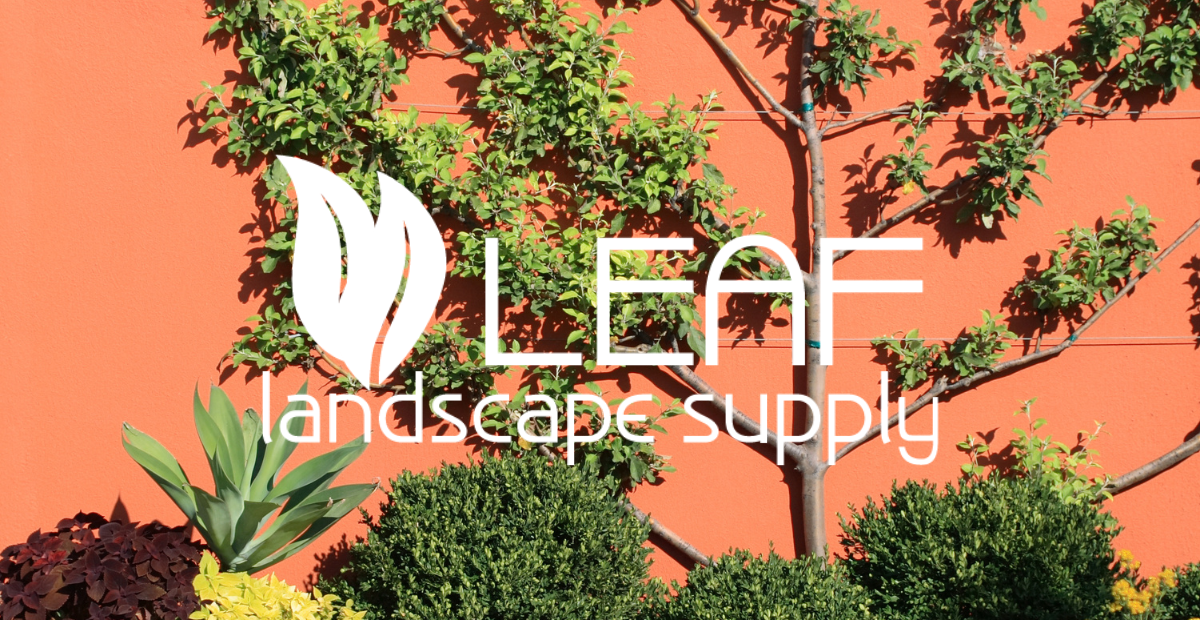
Texas Native Plants For Landscaping – Texas Native Plants for Landscaping in Austin, TX
Texas Native Plants for Landscaping in Austin, TX
As a commercial property manager in Austin, TX, 78759, you understand the importance of creating vibrant and sustainable landscapes for your properties. Striking a balance between beauty and functionality is crucial, and incorporating Texas native plants into your landscaping design can achieve just that. With their ability to thrive in the local climate and soil conditions, native plants not only enhance the aesthetic appeal of your properties but also contribute to the overall ecological health of the region.
Austin, TX, 78759, encompasses neighborhoods such as Great Hills, Arboretum, and Balcones Woods, each known for its unique character and landscape. Understanding the specificities of these neighborhoods can help in choosing the most suitable native plants for landscaping. From the lush greenery of Great Hills to the diverse flora of Arboretum, incorporating Texas native plants can elevate the outdoor spaces, creating a sense of harmony with the surroundings.
Benefits of Using Texas Native Plants
Incorporating Texas native plants into your landscaping design offers a multitude of benefits, making them an ideal choice for commercial properties in Austin, TX, 78759:
Eco-Friendly: Native plants require minimal water and maintenance, reducing the overall environmental impact and promoting sustainability.
Drought Tolerance: With Texas known for its hot summers, native plants have evolved to withstand periods of drought, making them resilient choices for landscaping.
Wildlife Habitat: Native plants attract local wildlife, promoting biodiversity and creating a balanced ecosystem within the commercial properties.
Low Maintenance: Once established, native plants typically require less upkeep, saving time and resources for property management.
Top Texas Native Plants for Austin Landscaping
When considering native plants for landscaping in Austin, TX, 78759, several species stand out for their adaptability and visual appeal:
Texas Lantana (Lantana urticoides): This vibrant, low-growing shrub produces clusters of colorful flowers and is well-suited for adding a pop of color to commercial landscapes.
Black-Eyed Susan (Rudbeckia hirta): Known for its golden-yellow blooms, this hardy perennial thrives in sunny locations, bringing a cheerful and enduring presence to outdoor spaces.
Mexican Feathergrass (Nassella tenuissima): With its delicate, cascading foliage, this ornamental grass adds movement and texture to the landscape while requiring minimal maintenance.
Texas Sage (Leucophyllum frutescens): This drought-tolerant evergreen shrub features silvery foliage and produces vibrant purple flowers, offering a striking contrast to the surrounding greenery.
Designing with Texas Native Plants
Incorporating Texas native plants into your commercial property landscaping in Austin, TX, 78759, involves thoughtful design and planning to achieve a cohesive and sustainable outdoor environment:
Consider Native Habitats: Research the natural habitats of native plants to create micro-environments that mimic their ideal growing conditions within the commercial properties.
Layering and Grouping: Utilize a variety of native plants to create visual interest, incorporating layering and grouping techniques for a dynamic and naturalistic landscape design.
Seasonal Interest: Select native plants with varying bloom times and foliage characteristics to ensure year-round visual appeal and diversity within the landscape.
Sustainability Practices: Implement sustainable landscaping practices, such as mulching and water-wise irrigation systems, to support the growth and longevity of native plants.
The main takeaway
Incorporating Texas native plants into your commercial property landscaping in Austin, TX, 78759, offers a multitude of advantages, from environmental sustainability to visual appeal. By carefully selecting and integrating native plants, you can create vibrant and resilient landscapes that harmonize with the local ecosystem, enhancing the overall quality of the properties while contributing to the well-being of the community.
Commercial Property Landscaping (Archives)
